Overview
Sacred Valley Tour Information
Sacred Valley Tour is a full day trip, the departure is every day, our staff will waiting in your hotel at 8:30 am, then We will take a bus from Cusco to the sacred valley of the Incas, now You can find the information about main tourist attractions that we will visit in our tour:
Pisac Ruins and Pisac Market
A Picturesque town and important archeological site, Pisac (reduction of indian in colonial times) and the eponymous ruins are located 32 km from Cusco, at the foot of a hill the Sacred Valley.
Pisac Market is held three days a week: Tuesday, Thursday, and Saturday and is a continuation of an old tradition of trade and commercial activity that takes places in the main square of this village. The rural communities from the surrounding areas bring their agricultural produce to exchange at market and there is plenty of high quality. locally, made arts and crafts to catch the tourist eye.
Pisac Ruins are in the areas surrounding the town, it is located in the higher parts of the mountain slope, its most obvious feature in the abundance of terracing that covers the majority of the mountain where the ruins lie. In the first section of the complex we can see several finely worked imperial rooms, among them is the Sun Temple containing a sun dial or Intihuatana.
We can also observe water fountains that would have formed part of a complex hydro engineering system. The largest Inca cemetery in the region is found in Pisac, it is home to several mummies buried in the fetal position, a characteristic of Andean burial, Pisaq was adapted to fit the contour of the land, achieving perfect harmony between man and nature.
Ollantaytambo Town and Ollantaytambo Ruins
The current town of Ollantaytambo and the ruins of the same name are located 76 km Northwest of Cusco, the current town is a living museum due to the remaining architecture because its inhabitants descend directly from the Incas that populated that area.
Historians indicate that the Ollantaytambo settlers in pre-Inca times were migrants from Lake Titicaca Puno, they called themselves the "Tampus".
Ollantaytambo Town is adequately equipped to deal with the flow of tourist though the area, the Inca town of Ollantaytambo is the only remaining town in Peru that retains the original features of the streets, they still have aqueducts running along them. The colonial style houses are built over the old Inca houses and you can still see a large number of them with doors that have finely worked double lintels.
Ollantaytambo Ruins is located a short distance away lie another group of archaeological ruins made up of terraces. As you pass these and climb the mountain you can appreciate an ornate wall with a series of vaults and megalithic stone door.
On the inside there are remarkable large stones of designs rarely seen in Inca architecture. In an unfinished temple dedicated to the Sun God you can make out sculptures of the Andean cross.
Chinchero Ruins and Chinchero Market
Chinchero is located 30km northwest of Cusco and was, Inca times, a stop on the road to Machu picchu.
Chinchero Market is an arts and crafts fair takes place on Tuesdays, Thursdays and Sundays where typical products from de region are bought and sold. At the market you can purchase hand made cloth produced by local women who continue to use the same weaving techniques as the Incas, 500 years before them.
Chinchero Ruins was constructed around 1478 by the Inca Tupac Yupanqui, it served a religious, political and military function. The mostly native inhabitants still occupy the ancestral buildings. The Plaza has a cellular style wall with 12 single jamb, two meter high niches used to stone the royal Inca mummies, which also serves as the containment wall of another, adjacent plaza.
The church, built partly on Inca walls, Francisco de Toledo ordered the church of "Nuestra Señora de Monserrat" contains painting, painted murals over the walls and architectural features of great value. A short distance from the plaza we find remains of houses and several agricultural terraces contouring the landscape, as well as immense area that was intended for popular gathering and celebrations.
- Professional guide and share transport between sites.
- Tourist Transportation.
- Lunch in a traditional restaurant in Urubamba can be included for an extra charge.
- All entrance fees. All ruins are included in the Boleto Turistico.
- A Day Pack.
- Good Shoes.
- A Rain Jacket or a Poncho.
- A Water Bottle.
- A Hat or Cap to protect you from the sun or the cold.
- Sun Block.
- Insect Repellent.
- Camera.
- Original passport (and old passport if applicable) and ISIC Card (if you have one).
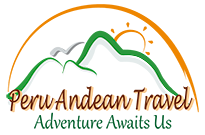

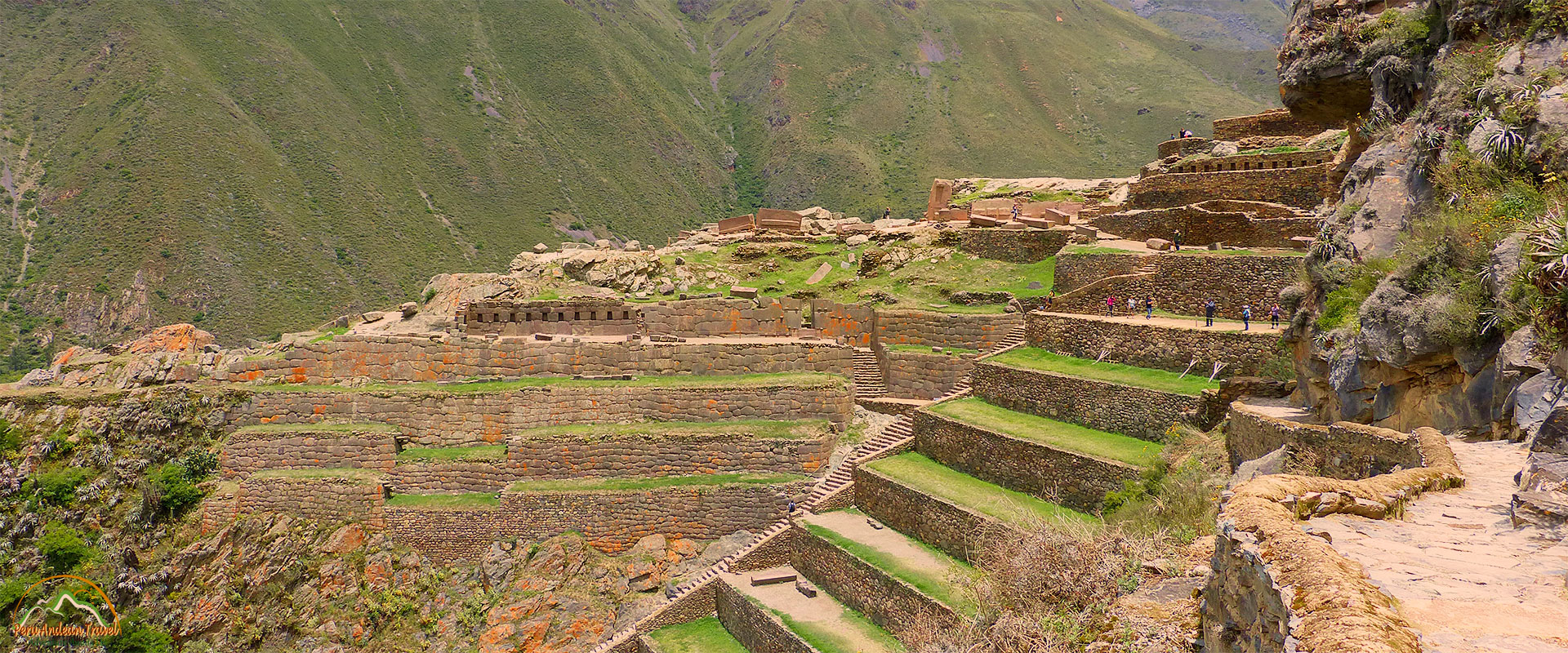

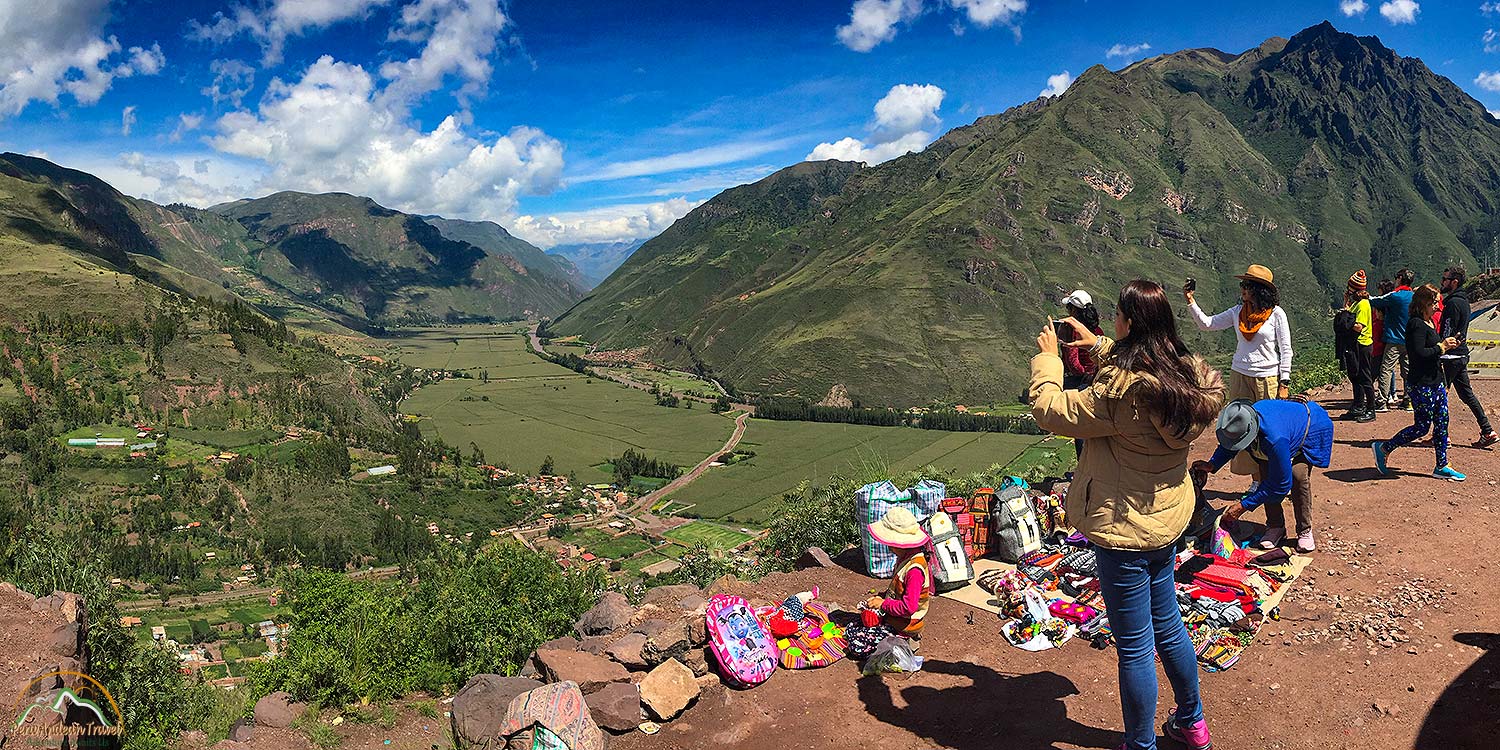
 View Map
View Map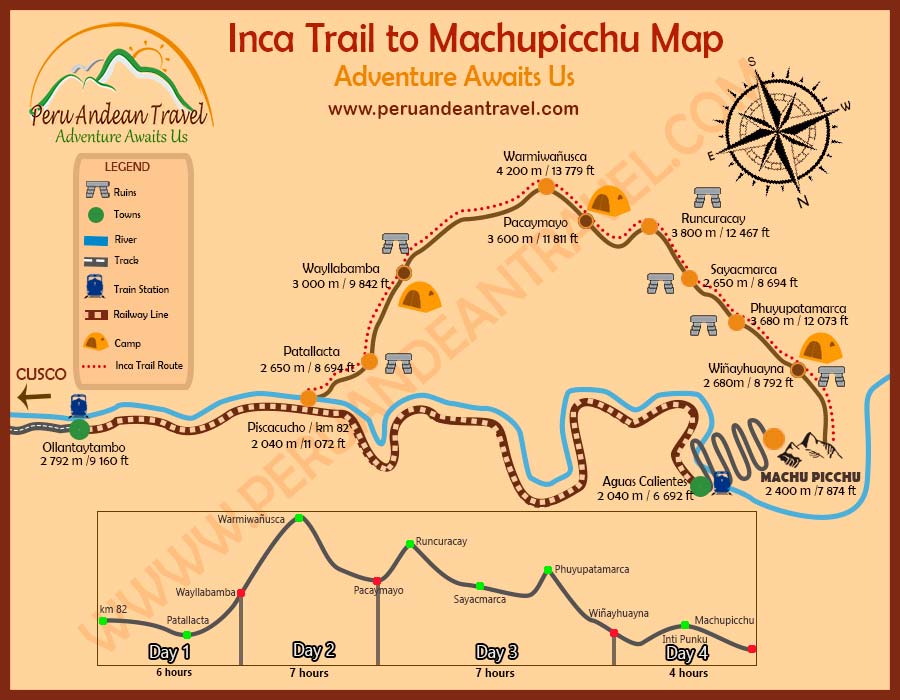

 Full Days
Full Days
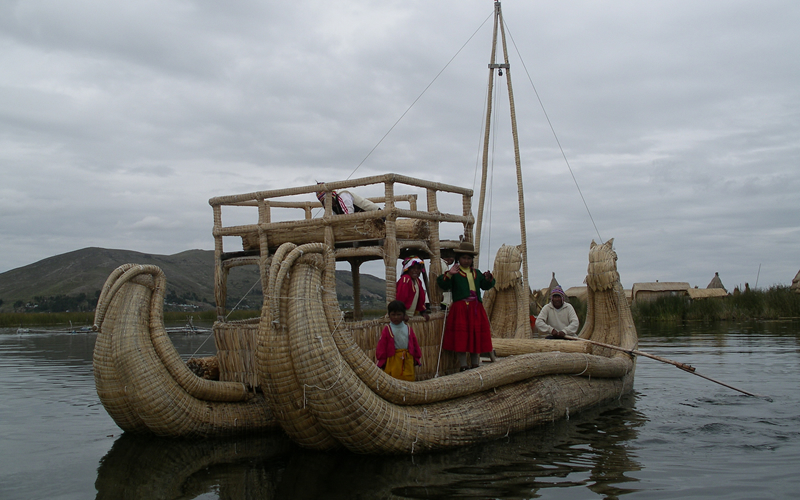
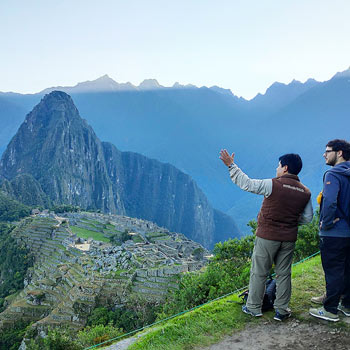 Cusco
Cusco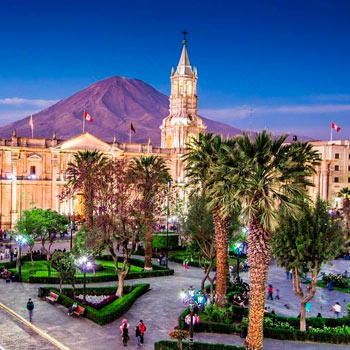 Arequipa
Arequipa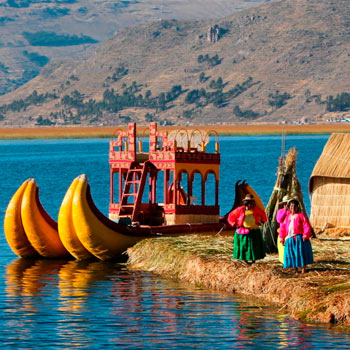 Puno
Puno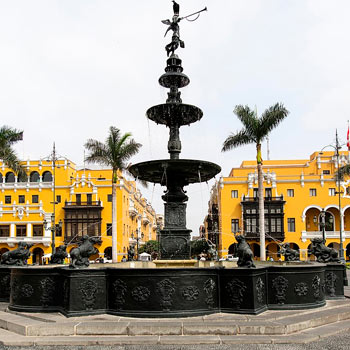 Lima
Lima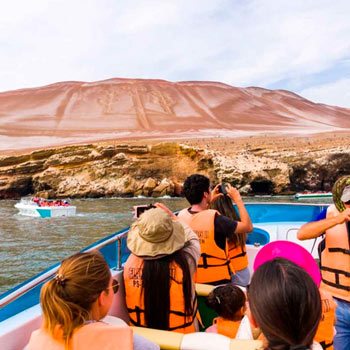 Ica
Ica







